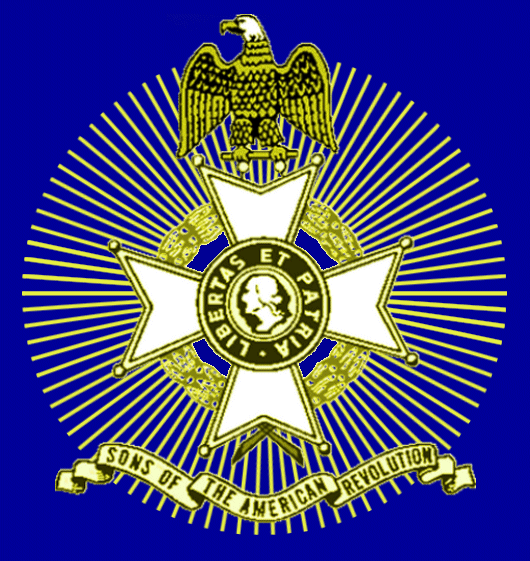Chapter Presentation Program
The Fairfax Resolves has a longstanding tradition of hosting programs at chapter meetings for the benefit of Compatriots and members of the community. Past programs include: historical topics, genealogical and other educational topics, Chapter youth contest winners presenting their entries, and ceremonies recognizing community members. Beginning in the fall of 2009, the Chapter will record presentations when feasible and make them available on the website.
All presentations and associated materials remain the sole property of the presenter and are made available with permission.
“World War II Bomber Experiences”
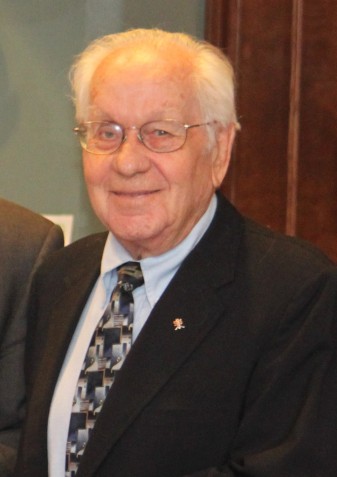
Speaker Veteran Dante Macario
Speaker: Veteran Dante Macario
Date: May 18, 2013
Summary: As a B-24 nose gunner in the U.S. Air Corps, Dante Macario flew 30 missions during World War II and earned four air medals. He received his draft notice just four days after his 18th birthday. After a training accident injured his right eye, he was unable to go to flight school and become a pilot. Since nose gunners were badly needed, he was given two days of training and became one. Soon, he was part of a B-24 flight crew headed for England. In one of his first assignments, his crew flew a bombing support mission over France on D-day as the Allies took the shore at Normandy on their way to Berlin. After the initial D-Day initiative, he flew several mission into Germany over strongly fortified cities. Macario says, “I was lucky as hell to make it out of there alive. The fact that I survived 30 missions is akin to hitting a seven in craps – ten times in a row.” As part of the 448th Bomb Group in the 8th Air Force, Macario says that the 8th Air Force lost more men in World War II than the total number of Marines in the Pacific theatre. As the last of his crew of 10, Macario will reflect on his military service, one that he looks back on with both pride and melancholy.
Video Download: WWII B-24 Nose Gunner.wmv (420MB)
“History of America’s Satellite Reconnaissance”
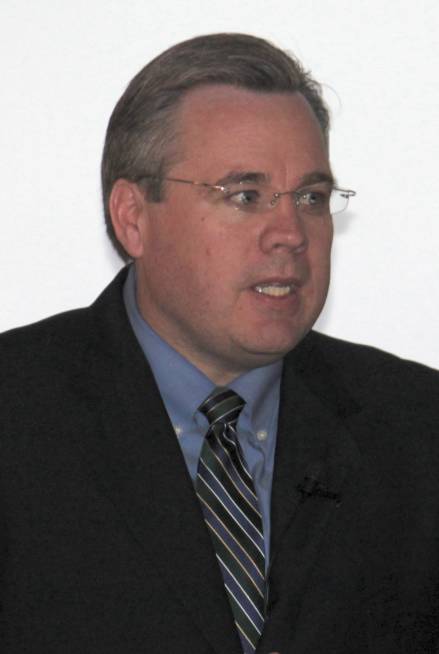
Speaker Dr. James Outzen
Speaker: Dr. James Outzen
Date: March 14, 2013
Summary: The history of our nation’s satellite reconnaissance program with emphasis on two recently de-classified satellite programs.
When the United States needs eyes and ears in critical places where no human can reach - be it over the most rugged terrain or through the most hostile territory - it turns to the National Reconnaissance Office (NRO). The NRO is the U.S. Government agency in charge of designing, building, launching, and maintaining America’s intelligence satellites. Whether creating the latest innovations in satellite technology, contracting with the most cost-efficient industrial supplier, conducting rigorous launch schedules, or providing the highest-quality products to its customers, the NRO never loses focus on who they are working to protect: our Nation and its citizens.
The declassification of GAMBIT and HEXAGON was publicly announced on September 17, 2011. Two GAMBIT systems were developed for surveillance of specific targets. GAMBIT 1 initially launched in 1963 and was equipped with the KH-7 camera systems. GAMBIT 3 followed in 1966 and was equipped with the KH-8 camera system. The HEXAGON system was launched in 1971 and was developed for wide-area searches of denied territory. Together these satellites became America’s eyes in space. Source: www.nro.gov
Main Video Download: Satellite Reconnaissance (Main Video).wmv (743MB)
Supporting Videos:
“The Amazing Muhlenbergs”
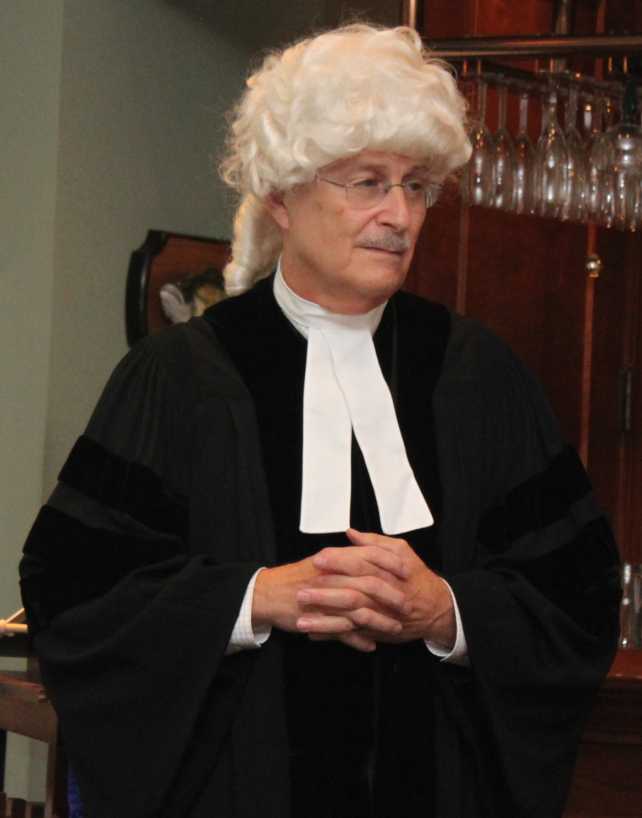
Speaker Pr. Jim Kniseley
Speaker: Pr. Jim Kniseley
Date: October 16, 2010
Summary: The contribution of the Muhlenberg family to the cause of liberty is without parallel. The entire family contributed in various ways to our independence, from Peter Muhlenberg who doffed his pastor's robe to reveal a Continental uniform, and Frederick Augustus Muhlenberg, first Speaker of the House.
Video Download: The Amazing Muhlenbergs.wmv (160MB)
“Flags and Ceremonies of the Patriots”
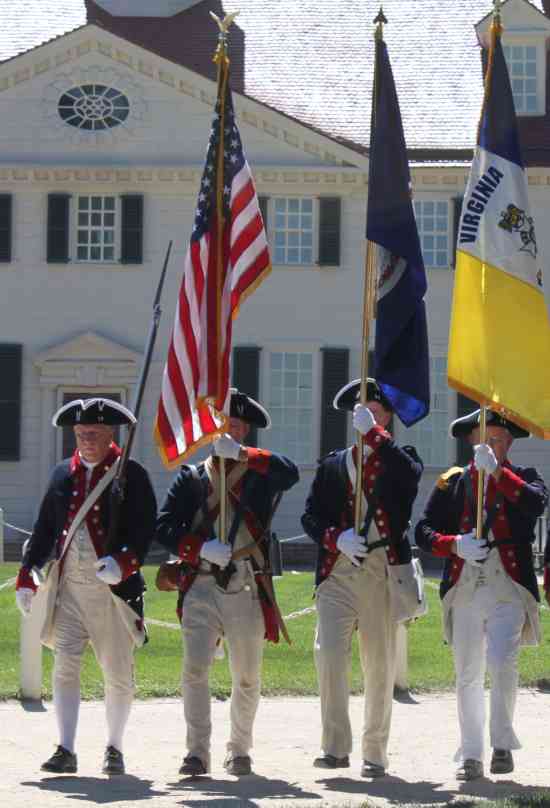
Speaker: Our own Fairfax Resolves Color Guard (Larry McKinley, Vernon Eubanks, Dan Rolph, and Darrin Schmidt)
Speaker: Our own Fairfax Resolves Color Guard (Larry McKinley, Vernon Eubanks, Dan Rolph, and Darrin Schmidt)
Date: September 9, 2010
Summary: The Fairfax Resolves Color guard is an active unit that participates in numerous patriotic, historical, and educational venues around the state and country. Members of the Chapter guard will open the 2010 fall presentation series with a presentation of Colors and rendering of honors. Members will be wearing their uniforms for display and discussion and will then discuss various aspects of color guarding including the history and traditions, uniforms and weapons, protocols and insignia, and their participation in various events.
Video Download: Flags and Ceremonies of the Patriots.wmv (272MB)
“The Sinew of the Army: Captains John Chilton and Tom Posey of the Virginia Continental Line”
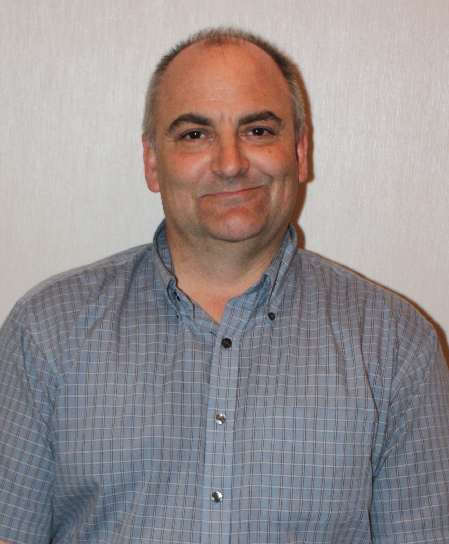
Speaker Mike Cacere
Speaker: Mike Cecere
Date: April 8, 2010
Summary: Author and educator Mike Cecere will focus on the service and sacrifice of two Virginia officers of George Washington's army, Captain John Chilton of the 3rd Virginia and Captain Thomas Posey of the 7th Virginia. These two officers served in the same brigade, but commanded very different companies and had very different experiences in the war. Captain Chilton commanded a company of musket men, (the backbone of the American army) and served at Harlem Heights, White Plains, Trenton and Princeton, and Brandywine. Captain Thomas Posey commanded a company of riflemen -- the light infantry of the American army -- and served at Gwynn's Island, Saratoga, Valley Forge, the New York Frontier, and Stony Point. The service and sacrifice of each man makes for a compelling story and is the focus of Mr. Cecere's presentation.
Video Download: The Sinew of the Army.wmv (189MB)
Video Download: The Sinew of the Army-Hi.wmv (407MB)
“George Washington: Entrepreneur”
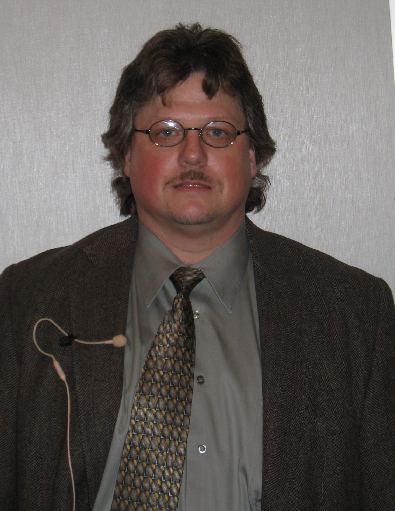
Speaker Steve Bashore
Speaker: Steve Bashore
Date: March 11, 2010
Summary: Everyone is familiar with the eulogy offered by Henry ‘Light Horse’ Harry Lee at the death of George Washington, “First in war, first in peace and first in the hearts of his countrymen.” But most of us do not recall the next portion of Henry Lee’s famous eulogy, it reads, “he was second to none in the humble and endearing scenes of private life.” That private life which Washington pursued involved the operation of an 8,000 acre farm he called Mount Vernon. In fact, Washington thought of himself as a farmer before all else. It was his greatest passion and he was one of the first farmers to adopt advanced farming methods, known as the ‘new husbandry.’ Washington was also a merchant miller exporting flour to the West Indies and southern Europe. Late in life he constructed what may have been the largest whiskey distillery in the United States, producing nearly 11,000 gallons of rye whiskey in 1799.
Our speaker, Mr. Steve Bashore, Manager of George Washington’s Gristmill, Distillery & Pioneer Farm, will explore the many facets of Washington’s career as a businessman and farmer.
Video Download: George Washington - Entrepreneur.wmv (207MB)
“The Articles of Confederation: An Under-Appreciated Success”
Speaker Brigitte Tondreau
Speaker: Winning Essayist Brigitte Tondreau
Date: March 11, 2010
Summary: The winner of the 2010 Chapter and Virginia State essay contest, Brigitte Tondreau, presents her perspective on how the Articles of Confederations served as the basis for the United States Constitution.
Video Download: The Articles of Confederation.wmv (58MB)
“Washington's Officer Corps”
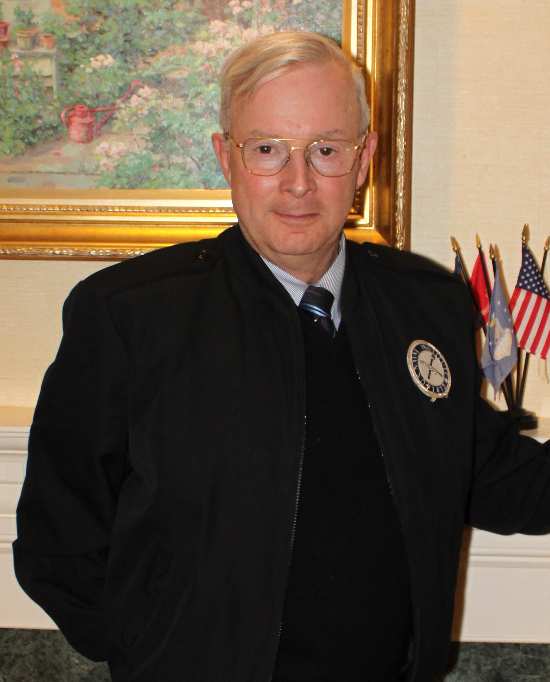
General Tom Wilkerson
Speaker: General Tom Wilkerson
Date: February 18, 2010
Summary: When the “shot heard 'round the world” was fired in 1775, the Colonies had only militia forces available to oppose the British regulars sent to America to restore royal power. The militia officers were a mixed bag of merchants, farmers, attorneys, and even a few clergymen. As the American War for Independence raged on into the late 1770s, officers in great numbers were needed for units of all sizes -- whether state militia forces, county defense units, or "regular" forces of the Continental Line. Where did Washington's officer corps come from? How was it trained and disciplined? How did it develop the leadership qualities required to hold ragged units together despite hardship and defeat? And of great importance, what practices date from that time that still influence officer selection and training to this day?
General Tom Wilkerson, a retired U.S. Marine Corps flag rank officer and a descendent of one of Washington's own officers, talks about where Revolutionary officers came from, how they were welded into an effective leadership corps, and how selection processes developed in Washington's time have come down to the present.
Video Download: Washington's Officer Corps.wmv (256MB)
“The Forgotten Man of the Continental Navy”
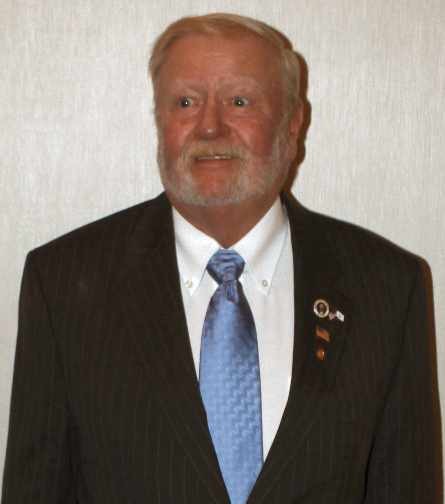
Speaker Jerry Whipple
Speaker: Jerry Whipple
Date: November 12, 2009
Summary: Everyone has heard of the great naval heroes of the Revolution such as John Paul Jones and John Barry, justly famous for their exploits at sea. But few have heard of Abraham Whipple, an extraordinary sea captain from Rhode Island whose sea duty did much to advance the cause of independence. It was Commodore Whipple, then a merchant sea captain, who led the June 1772 attack on the British revenue schooner, Gaspee, one of the earliest shots fired in the Revolution. Not only that, but from 1775 to the war's end, Whipple clashed with British warships off New England and the Bahamas. In one daring episode, the Commodore and his "fleet" of three frigates captured a British convoy of ten ships off Newfoundland without a shot being fired. Yet after independence was won, Whipple was quickly forgotten and died penniless in Ohio in 1819. This great naval hero was certainly deserving of the title: “The Forgotten Man of the Continental Navy.”
Video Download: The Forgotten Man of the Continental Navy.wmv (140MB)
“The War Comes to Virginia: 1781”
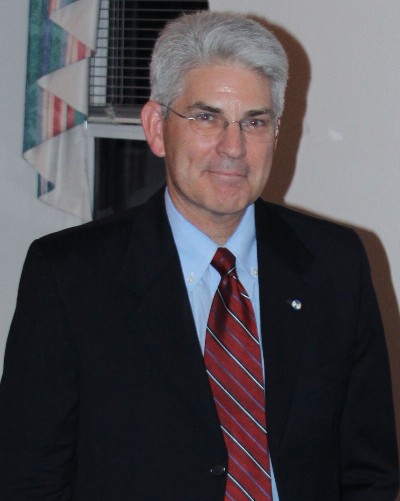
Compatriot Andrew Gutowski
Speaker: Andrew Gutowski
Date: September 10, 2009
Summary: Except for some parting shots by Lord Dunmore as he fled his post as royal governor in 1776, Virginia had largely been spared the ravages of war until 1781. From 1776 to 1779, the campaigns had mainly been in the northern colonies, especially in New Jersey, Pennsylvania, and New York. But in late 1779 the British struck at the southern colonies, landing at Savannah and proceeding steadily northward toward Virginia. General Nathanael Greene conducted a masterful defensive campaign that wore out the columns of Lord Cornwallis. But now the British focused on Virginia - sending first the traitor Benedict Arnold to ravage and devastate the James River area. And Lord Cornwallis was fast approaching. Only Washington's brilliant French general, the Marquis de Lafayette, stood his ground to meet the British onslaught.
Video Download: War Comes to Virginia - 1781.wmv (126MB)
Presentation Slides: War Comes to Virginia - 1781.pdf (2.5MB)
